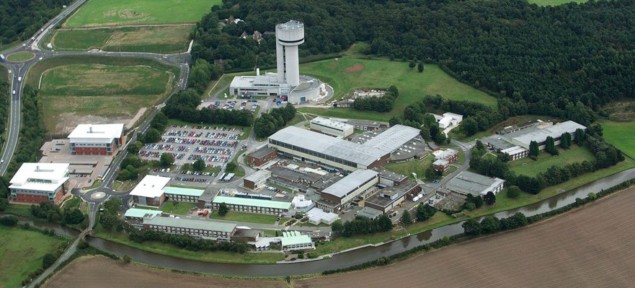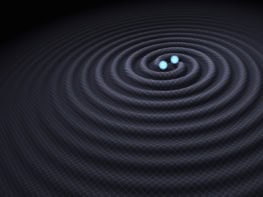
Recently I was in Liverpool with the Physics World camera crew to film a series of videos, including a feature about the NA62 experiment based at CERN. On the way back to Bristol we spent the afternoon at the Daresbury Laboratory in Cheshire, where we made videos about two major facilities at that lab.
Today, we are premiering the video that we made about Daresbury’s SuperSTEM, which is the UK’s national facility for aberration-corrected scanning transmission electron microscopy (STEM).
SuperSTEM has played an important role in the characterization of graphene by taking the first lattice images of the material. Graphene was first isolated in 2004 by Andre Geim and Konstantin Novoselov at the nearby University of Manchester, which is a member of SuperSTEM along with the universities of Leeds, Liverpool, Glasgow and Oxford. Geim and Novoselov bagged the 2010 Nobel Prize for Physics for their efforts and graphene remains a hot topic in condensed-matter physics.
In the video, SuperSTEM’s Demie Kepaptsoglou explains how a STEM works and why the technique is a crucial tool for material scientists. She talks about how a STEM is used to do atom-by-atom analysis of graphene. She also previews the capabilities of the next microscope to be installed at the facility. Called SuperSTEM III, the instrument will be one of the best in the world and should be up and running later this year.
The video is called “Scanning transmission electron microscopy explained“.
Stay tuned for our second video from Daresbury, which focuses on the Cockcroft Institute and its efforts to develop new accelerator technologies and applications.



